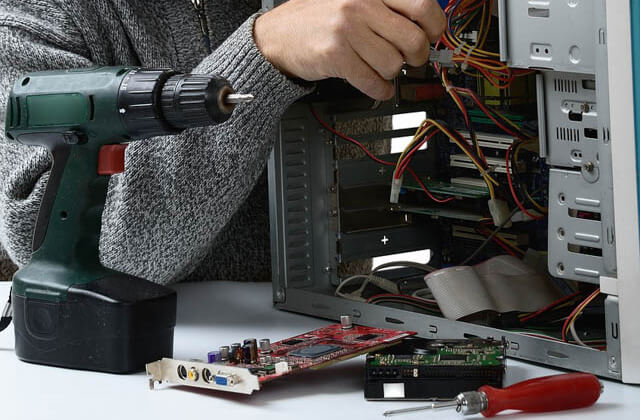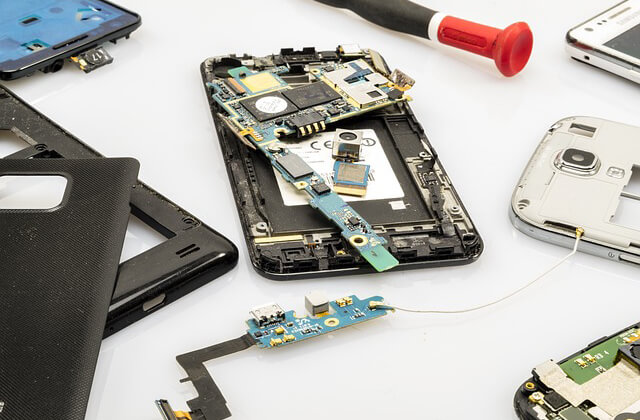Pesticides form part of Indian farming to tackle the 15-25% of crop produce lost due to insect pests, diseases and weeds
Pesticides form part of Indian farming to tackle the 15-25% of crop produce lost due to insect pests, diseases and weeds. While insecticides and fungicides constitute 60 and 18% market share of agrochemicals, bio-insecticides and bio-fungicides for management of insect pests and fungal pathogens, respectively constitute 3% of Indian crop protection market. Registered pesticides for use on a particular crop against recommended insect pests and diseases at recommended dosages using appropriate app
lication methods with precise dilutions are important efficacious management of target pests without leading to secondary pest outbreaks or pest resurgence or hazards to human health and environment. Increasing concerns of safety and toxicity of pesticides require increasing awareness and strict adherence to judicious use of pesticides in terms of their selection, procurement of appropriate quantity, choice of application method, dilutions in spray fluid and waiting period after application before harvest of produce. ICAR-NCIPM felt the need for provision of easy access to registered pesticides to all stakeholders of crop protection with information on recommended dosages and application methods so as enhance their proper field use on scientific basis.Increasing concerns of safety and toxicity of pesticides require increasing awareness and strict adherence to judicious use of pesticides in terms of their selection, procurement of appropriate quantity, choice of application method, dilutions in spray fluid and waiting period after application before harvest of produce. In India, Central Insecticide Board and Registration Committee (CIB&RC) is the apex authority registering pesticide products for manufacture, sale, use, import and export. Ideally ‘pesticides with label claims’Registered pesticides be it chemical or biologicals including plant products for the spectrum of crops and pests are updated regularly based on the database generated on bio efficacy, persistence and residues by the pesticide companies, governmental research organizations and universities. Recommendations on pesticides flow to the farmers through extension agencies and Krishi Vigyan Kendras in each State as a part of package of practices. Nevertheless, use of pesticides in India continues to be strongly market driven and credit facilities offered by companies to farmers act as attractant that largely the local vendors govern pesticide recommendations with little scientific protocols advocated. Android smart phones as a communication tool are popular and that people of different fields including pesticide dealers, extension functionaries and farmers possess and use them in their daily lives. Making available an application for need-based use in plant protection is a potential value addition in digital era. Considering the current status and recommendation pathways of pesticide use in India and the potential outreach of digital technology android applications on insecticide and fungicide calculations named as ‘Insecticide and Fungicide Calculator’ (IFC) were generated.. The insecticides and fungicides recommended for insects and diseases along with their dosages, volume of spray fluid to be used and waiting period besides additional information was compiled from CIB&RC. Given details presents the glimpse of their numbers for understanding the need for IFC for judicious pest management across crops.Crop:TomatoInsects:7Diseases:9Chemical-Insecticides:28Bio-Insecticides:6Chemical-Fungicides:27Bio-Fungicides:7A miscellaneous function of area converter operates independently. ‘More info’ provides details on source and contact information besides QR code and ‘demo’ on “how to use it”. ‘Feedback’ button allows users to interact with developer of IFCs through inbuilt email address when in ‘online’.Current version of applications is English and their conversions to local languages of different States would make it more user friendly
... moreless ...









































































